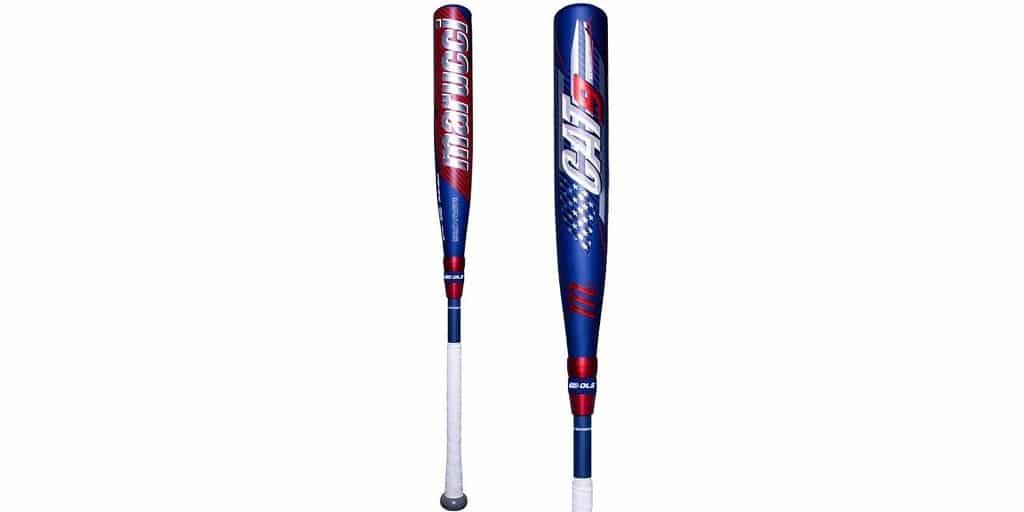Let’s “Field” 5 Common Questions on Baseball & Softball Bats

Whether you are a beginner or professional baseball or softball player, you know that your equipment matters. From your cleats to the bat you wield in the batter’s box, you want (and deserve) the most comfortable, reliable, and long-lasting pieces around.
However, finding and selecting such gear is no small feat. If you purchase the wrong item, you won’t know that it is such until after you start using it– and you can say goodbye to any possibility of a refund. And these items certainly aren’t cheap, especially baseball and softball bats.
That is why we are here today, “fielding” five of the most commonly asked questions about baseball and softball bats. Let’s take a look at these questions and their specific answers so you can be leaps and bounds closer to purchasing the perfect bat for you.
1. What are most baseball/softball bats made of?
Let’s first look at baseball bats. These bats can be made of a number of materials, like wood (ash, maple, or birch), aluminum alloy, composite, or a combination of the latter two. Keep in mind, however, that wooden bats are more likely to break and splinter than alloy or composite bats.
Softball bats, on the other hand, aren’t made of wood; they are only ever made with aluminum alloy or composite materials.
2. How do I choose the right baseball/softball bat?
There are a number of different features you need to consider when choosing a baseball/softball bat. You should first figure out which governing body your league/team requires. The typical softball bodies are BBCOR, USA, ASA, USSSA, ISA, or ISF. Baseball’s are more bountiful, such as USA, Little League, MLB, and many more.
Once you have narrowed down requiring BBCOR bats or another entity’s bats, you can work with these approved items. One important feature to understand (unless you play slowpitch softball) is the drop weight. Drop weight is simply the length of the bat minus its weight. There are regulations for this in baseball, but not in fastpitch softball.
You should also base your bat selection on your own height and weight (check out HbSport’s bat sizing guide for more detailed information). From there, the right bat for you could then be chosen based on your comfort and style preferences!
3. What is the difference between “endloaded” and “balanced”?
Baseball and softball bats also vary in where and how the “power” is dispersed. Endloaded bats hold a good majority of the bat’s weight (and therefore power) towards the end of the barrel. These are ideal for many power hitters. Balanced bats have their weight more evenly distributed, making for typically faster swing speeds.
These options are all up to your personal preferences, so be sure to try out bats that offer both options to find which one suits you best.
4. Do heavy bats help you hit better?
Sorry to give you this answer, but “it depends.” A lot of power hitters tend to opt for the heavier, more endloaded bats, but this isn’t preferable for everyone. Heavier bats could potentially slow your bat speed, making your hitting worse!
5. Where can I get the best baseball bats for affordable prices?
Now, this is a question we won’t answer with the irksome “it depends.” We know just who you can go to in order to find and purchase the most high-quality yet affordable bats around: HbSports.
You can purchase not only BBCOR bats (softball and baseball options), but various other baseball and softball bats and other gear! Browse their softball and baseball bats today or give their dedicated customer service team a call today for further assistance at 888-540-BATS!
For more information about Demarini Baseball Bags and Wilson Gloves Please Visit : HB Sports Inc.
